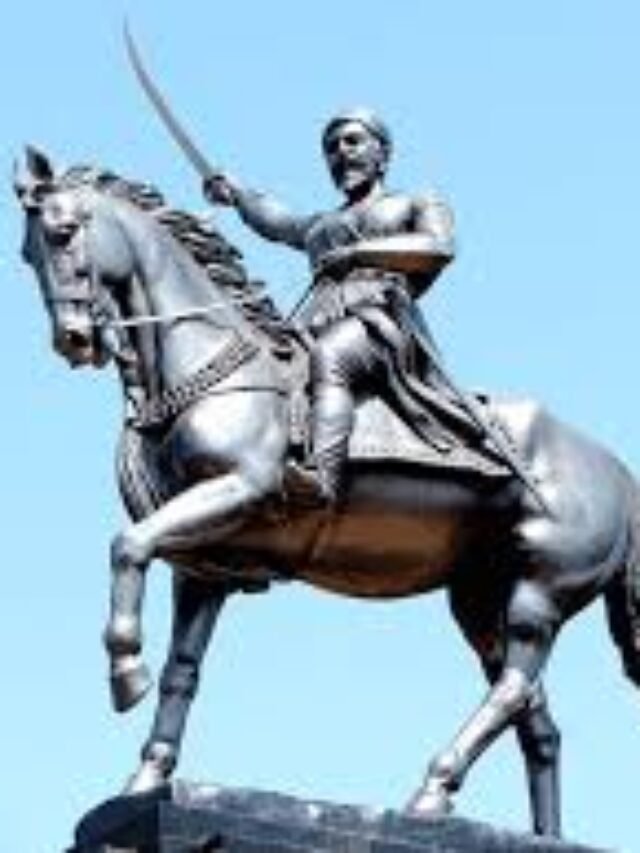Hierarchy and Jurisdiction of Criminal Court
Democracy hinges on several crucial cornerstones, with the judiciary playing a paramount role. India’s judicial system comprises the Supreme Court, High Courts, District Courts, Subordinate Courts, and Constitutional Courts.
The constitution is the supreme source of law in India, and its implementation falls under the purview of the judiciary, often regarded as the watchdog of the Indian Constitution. The judiciary possesses the power to issue judgments that bind both citizens and the government, shaping the law of the land.
The independence of the judiciary is a fundamental aspect, ensuring a system of checks and balances among various branches of government. This independence fosters public faith in the country’s justice delivery system, vital for a healthy democracy.
Hierarchy and Jurisdiction of Criminal Court
India’s judicial system is structured hierarchically, and tailored differently for civil and criminal matters. India’s legal system is recognized as one of the world’s most efficient, designed to cater to the diverse needs of its populace. This complex and well-established system operates as a pyramid, with the Supreme Court of India reigning at its zenith.

The Indian Courts have been meticulously structured to be accessible even to those living in remote areas, ensuring justice is within reach for all.
Hierarchy of Criminal Courts
In India, the criminal justice system is organized as follows:
Supreme Court
Established as the highest court in India under Article 124 of Part V and Chapter IV of the Indian Constitution. It holds paramount authority, and its decisions are binding on all lower courts.
High Courts
The second tier in the hierarchy, is governed by Article 141 of the Indian Constitution. High Courts are bound by the decisions of the Supreme Court.
Subordinate Courts/Lower Courts
These include Metropolitan Courts and District Courts, each with its own hierarchy:
A. Metropolitan Courts
- Sessions Court
- Chief Metropolitan Magistrate
- First Class Metropolitan Magistrate
B. District Courts
- Sessions Court
- Executive Magistrate
- First Class Judicial Magistrate
- Second Class Judicial Magistrate
Supreme Court of India
The Supreme Court of India, the country’s highest judicial authority, is established under Part V, Chapter IV of the Constitution. The composition and jurisdiction of the Supreme Court are outlined in Articles 124 to 147 of the Indian Constitution.
The President of India appoints the Chief Justice and 30 other judges to the Supreme Court, with a mandatory retirement age of 65.
To be appointed as a Supreme Court Judge, one must be an Indian citizen and have served as a Judge of a High Court or as an Advocate of a High Court for a stipulated period. High Court Judges can also be appointed as Ad-hoc Judges of the Supreme Court. Additionally, retired Supreme Court or High Court Judges may serve and act as Judges of the Supreme Court.
The Supreme Court exercises Original, Appellate, and Advisory jurisdiction. Its exclusive original jurisdiction extends to disputes involving the Government of India and one or more States, or disputes between States. It also has considerable original jurisdiction for the enforcement of Fundamental Rights under Article 32 of the Constitution.
The Supreme Court can issue various writs, including
- Habeas Corpus,
- Mandamus,
- Prohibition,
- Quo-Warranto, and
- Certiorari
The Supreme Court can order the transfer of civil or criminal cases between State High Courts. It can also withdraw cases involving similar legal questions pending before it and various High Courts and dispose of them collectively.
International Commercial Arbitration cases can be initiated before the Supreme Court under the Arbitration and Conciliation Act of 1996. Furthermore, the Supreme Court’s appellate jurisdiction can be invoked with a certificate granted by a High Court in cases involving substantial questions of law pertaining to the interpretation of the Constitution.
In criminal cases, appeals to the Supreme Court are permissible when the High Court has reversed an order of acquittal and sentenced the accused to death, life imprisonment, or imprisonment for a period of not less than 10 years. Parliament has the authority to confer additional powers on the Supreme Court to hear appeals against judgments, final orders, or sentences issued by High Courts in criminal matters.
High Courts
High Courts serve as the apex judicial authority in the states. Each High Court consists of a Chief Justice and other Judges appointed by the President in consultation with the Chief Justice of India and the Governor of the respective State. High Court Judges retire at the age of 62.
To be eligible for a position as a High Court Judge, one must be an Indian citizen with at least ten years of judicial experience or ten years of practice as an advocate in a High Court or two or more such Courts in succession.
High Courts have the authority to issue various directives, orders, and writs, including those related to Fundamental Rights. They also exercise jurisdiction over all courts within their territory, regulating their practices, proceedings, and record-keeping.
Subordinate Criminal Courts
In addition to the Supreme Court and High Courts, India has several lower courts, as mandated by the Criminal Procedure Code. These courts include:
Sessions Court
Established by the State Government and presided over by a judge appointed by the High Court. Additional and Assistant Sessions Judges are also appointed by the High Court. Sessions Courts have the authority to impose various sentences.
Judicial Magistrates of the First Class
Established in numbers and locations specified by the High Court. They can impose sentences within their authorized limits.
Judicial Magistrates of the Second Class
Like the First Class Magistrates, they are established as per the High Court’s specifications and have their sentencing authority.
Executive Magistrates
Responsible for administrative tasks rather than trying cases. They have specific powers, such as determining bail amounts and issuing orders to maintain law and order.
Metropolitan Magistrates
Found in major cities and appointed by the High Court. They exercise jurisdiction throughout the metropolitan area. Chief Metropolitan Magistrates are selected from their ranks. Metropolitan Magistrates can impose sentences within their prescribed limits.
Special Metropolitan Magistrates
Appointed for specific areas or functions, typically for a limited period.
The hierarchy of these courts ensures that cases are dealt with at the most appropriate level, from the lowest Magistrate Courts to the Sessions Courts and finally to the High Courts and Supreme Court, depending on the gravity and complexity of the case.
Sentences Passed by Various Courts
The authority to impose sentences varies across different courts:
Sentences passed by the High Courts & Sessions Judges
The High Court can impose any lawful penalty, including death sentences, but only after obtaining permission.
Sessions Judges and Additional Sessions Judges can impose any sentence authorized by law, subject to the same restrictions on death sentences.
Assistant Sessions Judges can impose sentences but not death sentences, life imprisonment, or sentences exceeding ten years.
Sentences passed by the Magistrates
Chief Judicial Magistrates can impose any sentence except death, life imprisonment, or imprisonment exceeding seven years.
First-class Magistrates can sentence up to three years in prison or impose fines.
Second-class Magistrates can sentence up to one year in prison or impose fines, with limitations on the fine amount.
Metropolitan Magistrates have powers similar to Chief Judicial Magistrates and First-Class Magistrates.
Special Metropolitan Magistrates may be appointed with limited jurisdiction and powers.
Executive Magistrates deal with administrative matters and do not pass sentences.
India’s judicial system is a complex and hierarchical structure designed to ensure justice is accessible to all citizens. The independence of the judiciary

























